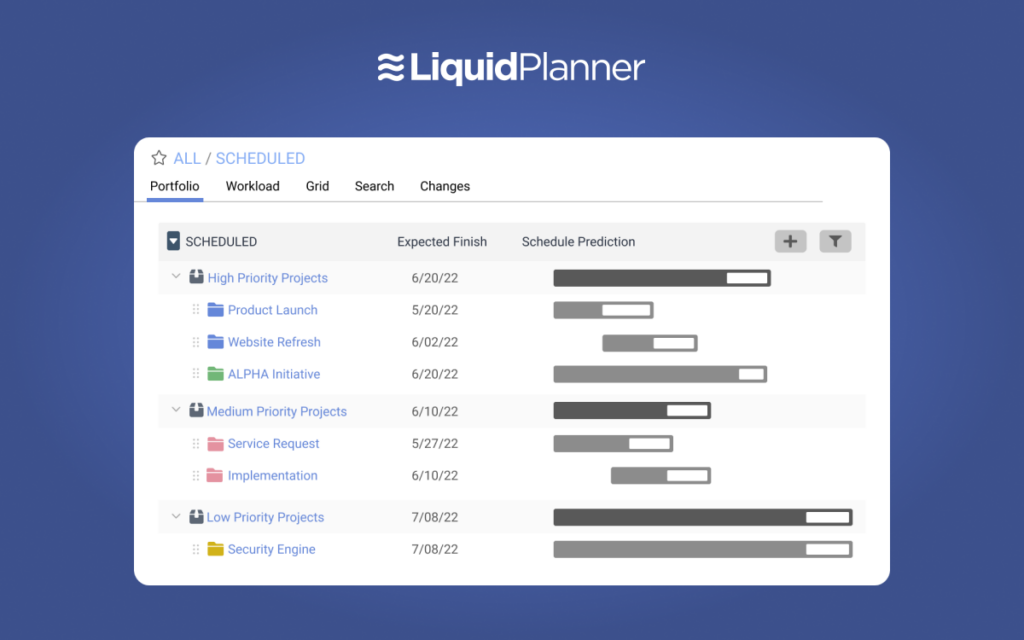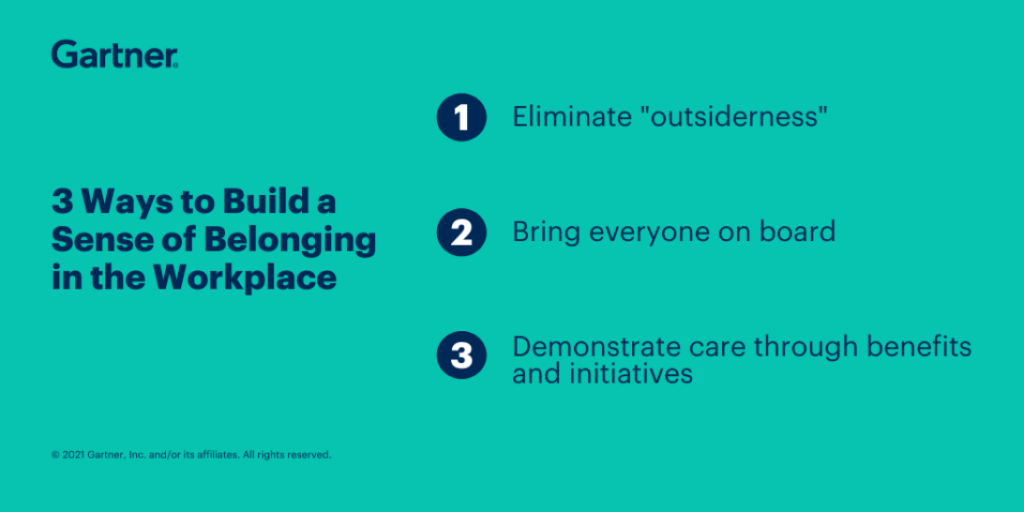Think your project management clients are your business’ bread and butter?
Think again.
Without a harmonious project team, your project could be at risk of unhappy stakeholders and clients, delayed timelines, and every PM’s greatest nightmare … scope creep.
Here’s the harsh reality: Your team is what makes or breaks the entire project.
Which begs the question …
Beyond hiring with care, what does it really mean to build a team that understands the intricate dance between individual roles and collaboration?
What does it take to build a team that can carry an entire project from start to finish?
Today, we’re peeling back the curtain on how to build a harmonious project team in 2023. Read on to discover five simple ways you can bring everyone together.
Harmonious Focus 1: Make sure your project team has the tools they need to succeed
Set your project team up for success by equipping them with tools to help make their jobs easier, faster, and more effective.
From workflow creation to briefing to internal scheduling, provide your team with software that can help them streamline all project operations. Whenever possible, implement business process automation to help your team automate manual, repetitive tasks. It’s important to keep your team free of busywork and focused on delivering creative value.
One of your core goals? Eliminate information silos that create unnecessary knowledge and communication barriers. Today’s most productive teams are multidisciplinary and cross-functional. House all project work in the cloud and ensure everyone has logins to the tools they need to achieve peak performance. Password managers that help securely store and share login credentials are now an essential for modern cross-disciplinary work.
Additionally, use a project management solution like LiquidPlanner and a data analysis tool like ThoughtSpot for Google Sheets to keep everyone on the same page.

Before committing to any tool, consider what you and your team really need. In my experience, most teams benefit from a Work OS or PM platform that allows the ability to set multiple project views — think Gantt chart view, timeline view, calendar view, Kanban, and more. Bonus points if it includes detailed task management, automated insights, and client management features, too. While there are many excellent tools available, the things that keep drawing me back to LiquidPlanner are features like real-time scenario planning, its use of ranged vs. fixed estimation, and automated schedule updates. It’s the only solution I’ve found that delivers insights I can trust.
For communication, use simple tools like Slack and Zoom to conduct meetings and check-ins.
You’ll also need to consider tools you may need that apply to your specific professional discipline or market. For instance, if you’re in construction project management, you might want a tool that comes with construction project management templates. Or, if you run a PR and marketing project team, you might need access to special software like a logo maker, photo editing apps, GPT 3 tools, and a paragraph rewriter to help with copy, for example.
Harmonious Focus 2: Set ground rules and act as a harmonizing influence
Set a cadence for how your team should behave and work from project initiation to completion.
Establish ground rules with intention and make sure everyone is aware of them. You don’t have to create a literal rule book, but setting clear guidelines and principles early on is key.
Most importantly, practice what you preach. Lead by example.
Here are some simple ways you can become a harmonizing influence for your team:
- Be the voice of reason
- Resolve minor disputes quickly
- Do your best to de-escalate workplace conflict
- Model healthy communication and problem-solving
- Model talking through difficult challenges and coming to a positive solution
- Look for win-wins — aim to help everyone get what they want as long as it doesn’t harm the team or project
- Celebrate milestones with expression of appreciation and pride in work well done
Harmonious Focus 3: Encourage meaningful work and autonomy
Meet with your project team to discover what “meaningful work” means to them — and then do your best to give it to them. You can do this as a group or individually, whichever feels best for the team.
Let team members lead project initiatives they love. Allow them to flourish in their unique zones of genius. And when possible, give them autonomy over their work environment and schedule.
For instance, if they want to work from home, do your best to make it happen. Or, at the very least, meet halfway and agree to a hybrid work model.
As far as scheduling goes, if you can’t grant complete autonomy, see if you can offer a variety of shifts they can choose from (provided they don’t negatively affect the project).
The urge to micromanage your project team can be tempting, especially when there are lots of moving parts. Trust the process, trust your tools, and trust your team.
Harmonious Focus 4: Promote a sense of belonging on your project team
Everyone on your project team should know, understand, and VALUE their role in the project management planning process.
That’s why one of your most crucial responsibilities as a pm is to promote a sense of belonging.
Include people during PM meetings, listen to what they have to say, embrace their ideas, and encourage creativity.
Understand that each member of your project team might view project management differently, and will have unique assumptions about how they will participate. Encourage them to think of themselves as indispensable to the planning process.
Stress the importance of everyone feeling valued and “part” of the team.

A simple way to promote this is by sending roundup emails reminding everyone what their roles are and how they contribute to the team’s greater good.
Here’s an example:
Happy official Q2, project team!
This quarter, we’ll be rocking and rolling with the following projects:
- Example 1
- Example 2
- Example 3
Below, you’ll find briefs outlining the project scope, project plan, and project timeline for each deliverable on our docket this quarter.
In the briefs, you’ll also find a dedicated project team assigned to each project, complete withspecific role descriptions, performance metrics, and clear goals. Workflows will be finalized by EOW.
<Find all project briefs here>
Thanks for all you do, team. I can say without a doubt in my mind that we wouldn’t be where we are today without your talent, collaboration, and support.
PS: Our team drop-in coffee chat is tomorrow morning from 9–10. If you’re free, we’d love to see you there!
Best,
Larry Brown
Head PM
PM Solutions Inc.
Harmonious Focus 5: Delegate problem-solving tasks to the project team
Delegate problem-solving tasks to the team and encourage them to get creative.
Promote active listening and encourage healthy debates.
To set the team up for success and help them make better decisions, establish a method for arriving at a consensus. You can also set time limits to encourage everyone to stay on track.
For example, if you need to bring on a content team for a digital marketing deliverable, ask your project team what hiring the right writer means to them.
For instance, what kind of writer would help bring the content the most value? What background and skills should they have and why? What should their role and expectations be? Break out the whiteboard (physical or virtual) and give everyone a chance to contribute to the conversation.
Continue doing this with future problem-solving opportunities, and watch how your team starts to work together in harmony.
Wrap up
Your team makes or breaks every project you take on.
And while the reality of that can feel scary, the truth is, there are systems you can implement to help support your team and encourage a seamless collaboration.
If you’re ready to build a harmonious project team in 2023, save this article for reference — and don’t forget to get your hands on a project management solution like LiquidPlanner.
LiquidPlanner is the only project management solution that dynamically adapts to change and manages uncertainty to help teams plan, predict, and perform with confidence. Control project risk, build a flourishing team, and always deliver on time with LiquidPlanner. Schedule a demo today.
About the author
 Kelly Moser is the co-founder and editor at Home & Jet, a digital magazine for the modern era. She’s also an expert in freelance writing and content marketing for SaaS, Fintech, and ecommerce startups.
Kelly Moser is the co-founder and editor at Home & Jet, a digital magazine for the modern era. She’s also an expert in freelance writing and content marketing for SaaS, Fintech, and ecommerce startups.







